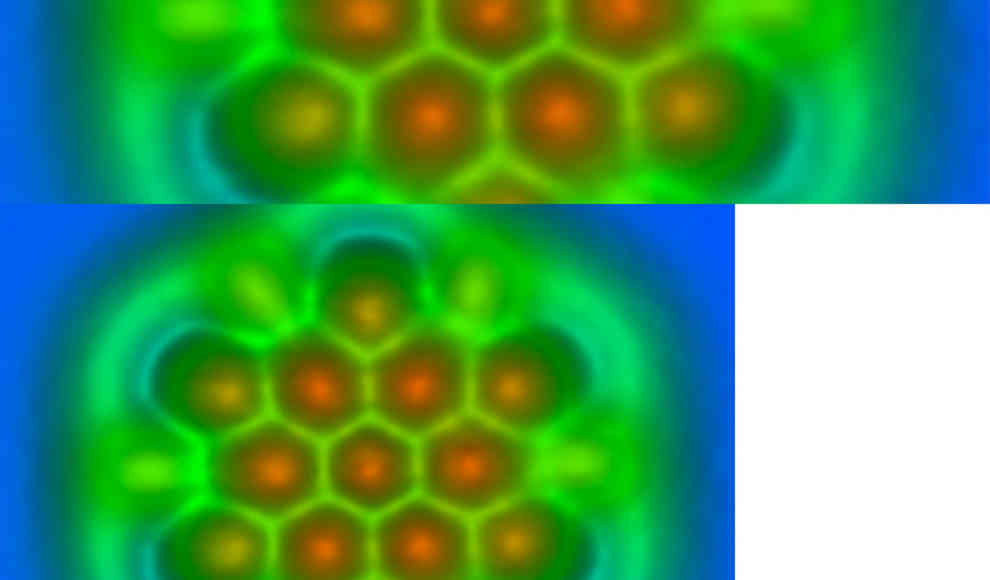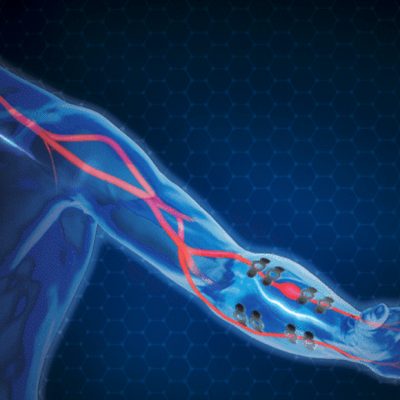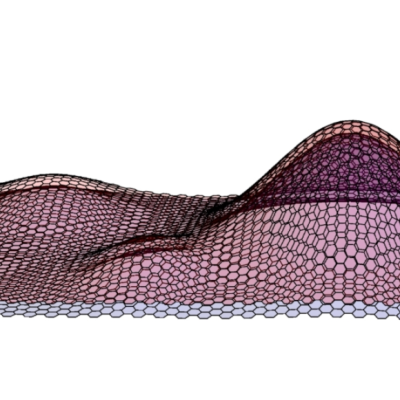A new breakthrough in material science has been achieved by a team of researchers in Switzerland. They have developed an atomic force microscope that can measure and visualize chemical bonds with incredible precision. The microscope uses a carbon monoxide molecule as a magnifying glass to provide a detailed view of the chemical bonds. The researchers believe that this new tool will help them make significant strides in material research.
The team, led by Leo Gross from the IBM Research Center in Rüschlikon near Zurich, used the microscope to examine a fullerene molecule, which consists of 60 carbon atoms arranged almost circularly. The researchers were able to obtain previously unseen images and the most accurate measurements ever made of a molecule. The microscope’s tip is equipped with a single carbon monoxide molecule, which changes its properties without direct contact as it approaches the molecule being examined. The researchers were able to determine the electron density and the length of the chemical bonds by measuring the changes in the electrical properties of the carbon monoxide molecule.
The atomic force microscope is also capable of producing very precise images of the electron distribution of various molecules. The researchers plan to use the microscope to examine the electrical connections of graphene in future experiments. They hope that this will make it easier and more efficient to build electronic circuits based on graphene. Even without the graphene measurements, the atomic force microscope can provide numerous new insights into various materials and atomic processes. For example, it could lead to the development of nanocircuits that require only a single electron to differentiate between the two basic values of “0” and “1”. Currently, the smallest nanocircuits still require hundreds of thousands of electrons to operate.
In conclusion, the development of this new atomic force microscope is a significant breakthrough in material science. It provides researchers with a powerful tool to examine chemical bonds with incredible precision, which could lead to the development of new materials and electronic circuits. The microscope’s ability to produce precise images of electron distribution could also provide new insights into various materials and atomic processes.










